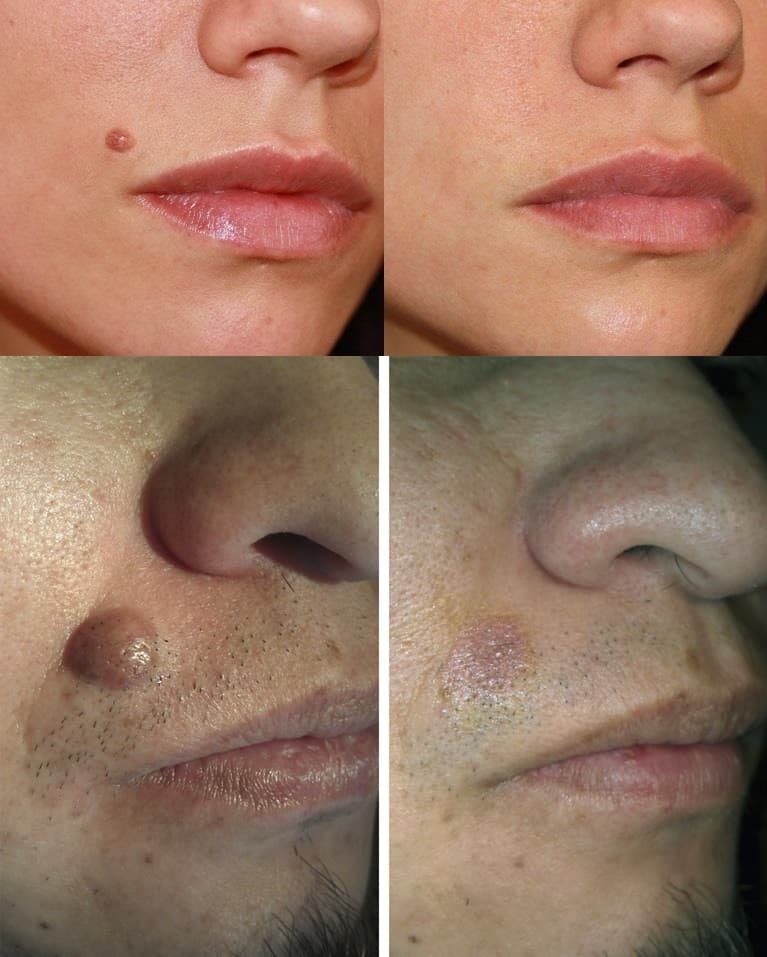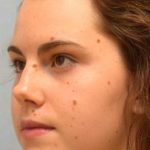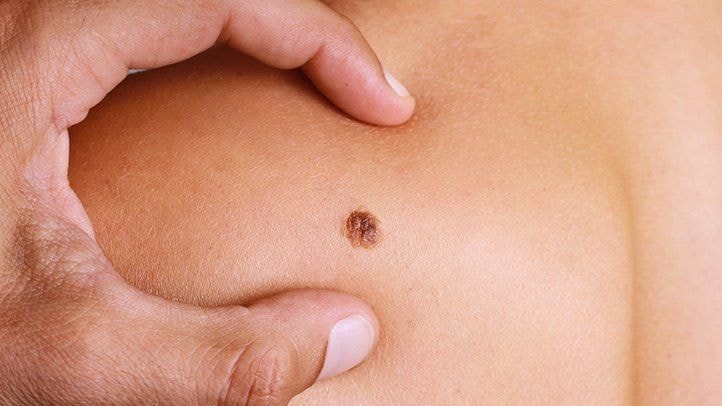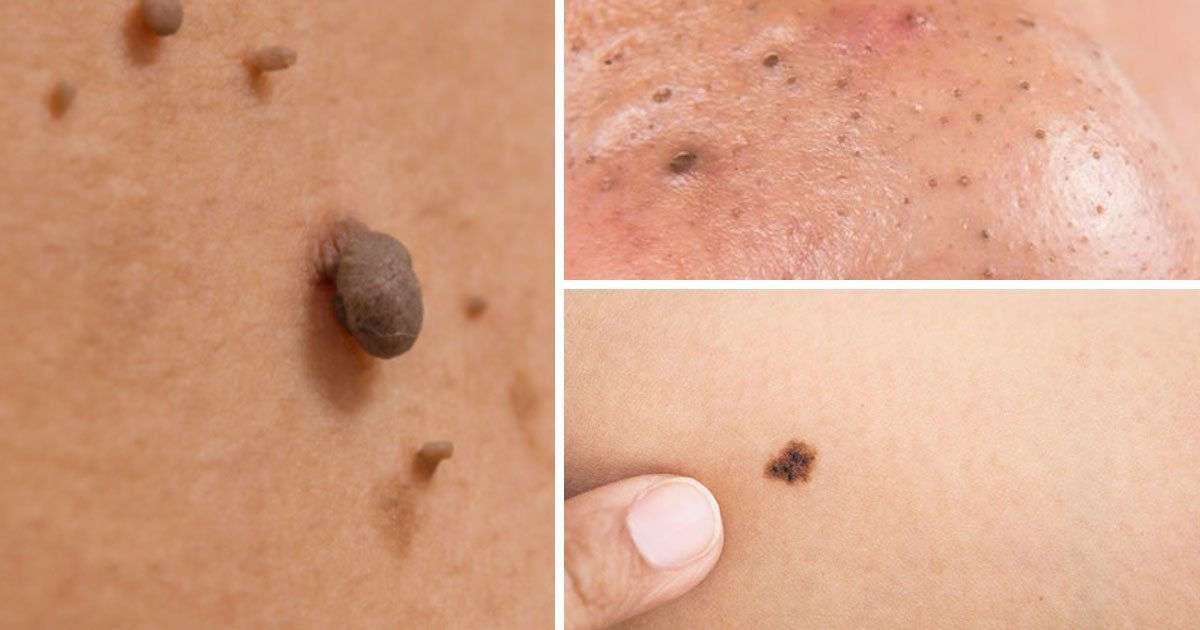There are several methods to remove the moles on human skin. Radiosurgery or Radiofrequency Mole Removal is one of the best methods used for eliminating the body moles and involves the gently shaving of the skin surface. The Ellman radiosurgery electrode device is used to perform this procedure. The device adjusts the depth of the removal and provides the best after-surgery surface smoothness ( evenness ).
The radiosurgery mole removal is famous for its accurate calculations during the procedures. Overcutting the skin tissue or misuse of scalpels may cause several problems during the patient’s recovery. With the best depth and width calculation, the risk or mole’s returning, infection, and scars are lowered.
Radiosurgery Recovery
The most important thing you should consider is protecting your surgical area from sunlight. If your surgical area is exposed to sunlight it will definitely leave scars on the area.
The surgically processed area needs to be kept clean as much as possible. There are always infection risks during the early recovery time of the mole wounds. The patient should avoid direct contact with the surgical area.
The recovery time needs patience because the wounds will remain in red color for at least 2-3 months. During this red color state, patients may experience inflammation over their mole wounds. This is actually not a thing that you should worry about because inflammation is considered a sign of the inside healing of your mole wounds.
Whether you like it or not, you must use suncream every day to prevent your wounds from any sunlight damage. It’s always best to cover the mole wounds for a month to accelerate the early recovery process and prevent any infections.

Radiofrequency Mole Shaving Method is one of the most advanced techniques used to remove smaller moles. This method is not suggested for those with skin tags or considerably big birthmarks. Such bigger cell clusters on the human body generally have bigger roots and may always have a chance to return after surgery. Smaller moles generally don’t leave any scar on people’s skin but this is not the same for bigger ones. As you can see in the photo that the patient with a smaller mole doesn’t have any scar on her face while the other patient with a bigger one has.







